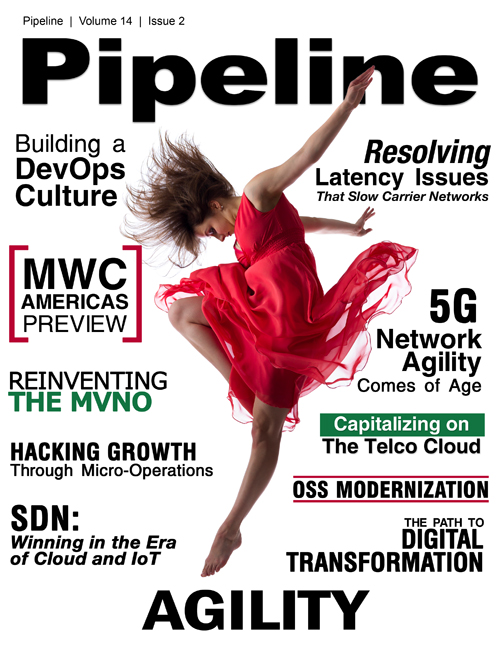Capitalizing on Telco Cloud in the Era of Digital Transformation
Microsoft is also walking the walk in standards-based, software-defined service delivery, such as that evolving under the TM Forum’s Digital Ecosystem Reference Architecture (DERA); ETSI MANO and Open MANO work, as well as supporting and contributing to: Open Network Automation Platform (ONAP) and other key open cloud organizations such as Cloud Foundry and the Cloud Native Computing Foundation, which create open source building blocks for next-gen cloud.
Building the Telco Cloud, Together
As Microsoft Azure, its partners and its customers work to achieve the above objectives, the challenge will be keeping pace with the accelerating advancement of hyperscale cloud platforms and the latest software architecture and DevOps trends. "That is difficult to do, so going it alone makes no sense,” added Troup.He believes most CSPs recognize a move toward public cloud is the optimal way to access the resources and functionality they would otherwise struggle to build and deploy in house. This is true not only in telecom, but in all industries where demands for security, reliability, hyperscale, agility, and adaptability are growing. Those demands will further drive interest in public cloud services, which Gartner predicts will reach a total $246.8 billion in 2017, up from $209.2 billion in 2016.
CSPs will certainly be a part of that momentum, as the public cloud will be the fastest and most efficient way to leverage the resources they need. “CSPs want to play a significant communication-enablement and management and orchestration role in the era of the IoT, robotics, AI and Cognitive Services. We believe hybrid cloud models will be the surest path for those that want to become digital service providers,” said Lievano.
Already there is evidence of that fact, as AT&T is integrating with Microsoft Azure to help IoT developers quickly build IoT solutions using AT&T IoT Platforms and to build hybrid options that offer the best of both public and private worlds. Also, Telefónica is revolutionizing the way it interacts with customers by leveraging Microsoft Azure and its Cognitive Services.
“There are many examples of how CSPs are partnering with Microsoft,” says Lievano of the increasing interest in Microsoft Azure. “They want to be free of dependence on server acquisition, provisioning processes, and high costs.”
CSPs also want to speed the deployment of innovative communications and cloud services to their enterprise customers. Public cloud platforms will bring speed-of-innovation advantages to CSPs, freeing IT staff from having to deploy, patch, and support on-prem apps and freeing marketing to innovate with increasingly compelling and personalized digital services.
As these trends take shape, it will be clouds (a cloud of clouds) that enable the multitude of devices and next generation use cases to come to fruition. The momentum that Microsoft is experiencing related to cloud is an indication CSPs are ready to capitalize on the advantages of the cloud. Behind that momentum lie a specific set of key criteria that are required for the unique specification for the telco cloud. Microsoft has embraced these principals in Azure, even when it appears the company is shifting from its traditional approach (as with its embrace of open source).
Microsoft is also uniquely positioned for the telco cloud, with a special combination of deep domain expertise, advanced cloud technology, and broad telecom ecosystem. It has been focused specifically on developing an open, multivendor, hybrid cloud and commodity offering for telco. Microsoft’s approach is being well received by both CSPs and analysts alike, as they see its approach as a key to successful digital transformation at the right time. And timing is everything, as more of these once future use cases are becoming a reality each day, and the time to capitalize on them is now.



















